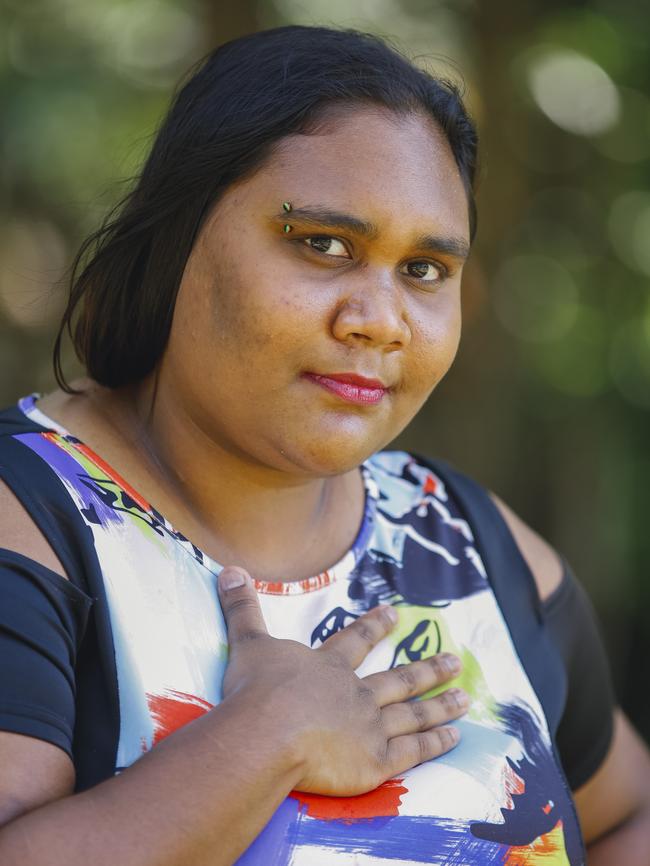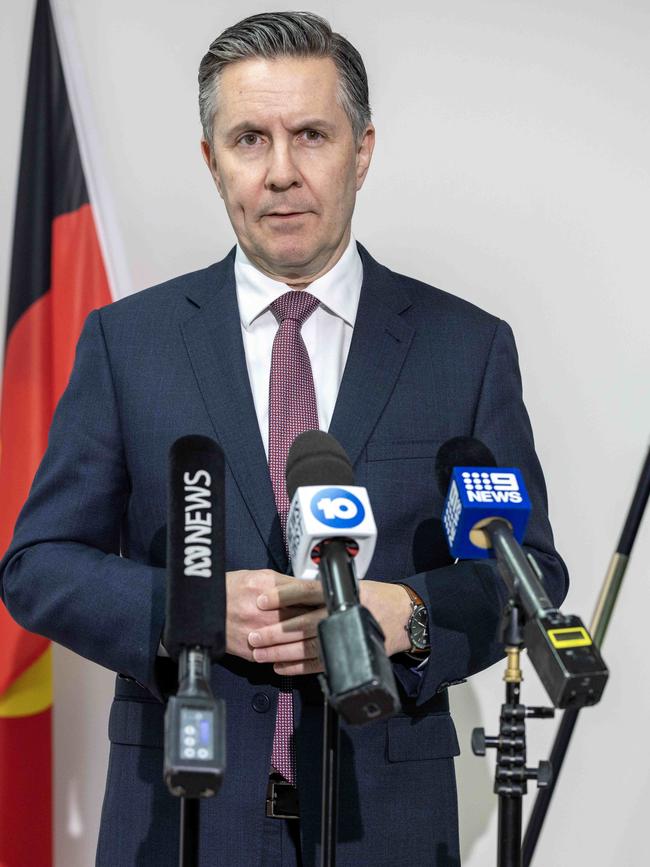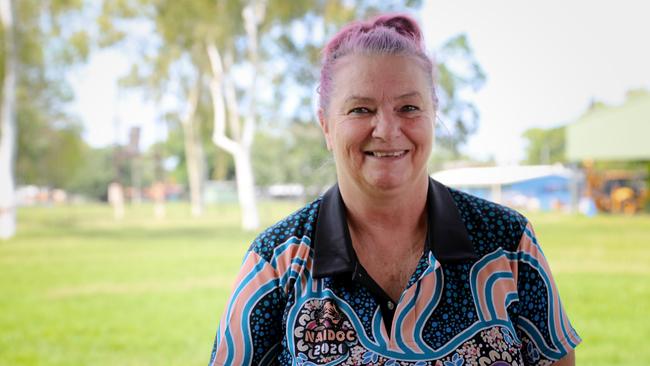Rheumatic heart disease is killing two young Indigenous people every week
In remote Australia two young Indigenous people lose their lives every week to a heart disease all-but eradicated 50 years ago, while others fall blind and deaf due to easily preventable illnesses.
National
Don't miss out on the headlines from National. Followed categories will be added to My News.
In remote Australia two young Indigenous people lose their lives every week to a heart disease all-but eradicated 50 years ago, while others fall blind and deaf due to easily preventable illnesses.
About 10,000 Aboriginal and Torres Strait Islander people are currently living with rheumatic heart disease (RHD) or its precursor, acute rheumatic fever, diseases that simply do not exist in Australia’s cities and regional centres.
It starts with a sore throat or skin sores, that develop into infections, bacteria causes the rheumatic fever and then young hearts are irreparably damaged.
Pediatric Cardiologist with Queensland Health Dr Rob Justo conducts clinics in Mount Isa in north west Queensland, where he said about half the children he treats have had fever or RHD.
“It’s a terrible disease that is totally preventable,” Dr Justo said.

“With good primary health care they would not get rheumatic fever, so they won’t then develop RHD.”
The invention of penicillin in the 1950s and better housing ultimately eliminated the disease in mainstream Australia, but Dr Justo said the general feeling in the medical community was the rate of RHD was increasing among younger Indigenous children.
“This needs a multi-pronged approach including good quality housing and access to good primary health care so that if children do get infections they have early treatment,” he said.
Kenya McAdam was eight-years-old when she started getting sore throats on an almost weekly basis, but it would not be until she turned 14 and suffered a heart attack that she would be diagnosed with RHD.
Surgery to replace a leaking valve in her heart saved her life, and now Ms McAdam, 27, helps others with RHD as the team leader for the outpatient centre at the Katherine Hospital.
She said more must be done to educate young kids to speak up if they feel persistently unwell.
“They need to feel comfortable enough to go to an adult and say, I need to see a nurse about this,” she said.


“If they know what to look out for, they can educate their parents, and then the parents are obviously going to advocate for their kids to get treatment.”
Despite the best efforts of Closing the Gap measures, an Indigenous child is 3.5 times more likely to experience hearing loss due to a middle ear infection, while one in 30 primary-school aged children contract the blindness-causing trachoma.
First Nations heart health lead for the Heart Foundation Vicki Wade said one of the simplest ways to reduce rates of not just RHD, but eye and ear infections was more investment in housing.
“These are diseases of social disadvantage,” she said.
“The living conditions have caused them.”
Ms Wade said involving the community in solutions was also critical, with culturally appropriate awareness campaigns, including in language, a must.
“We’ve got brilliant community pediatricians, pediatric cardiologists that provide services,” she said.

“I just think there’s so much more that Aboriginal people themselves can do to help close the gap, but we need to get the structures and support right to make it happen.”
Health Minister Mark Butler said the “yawning gap” in health outcomes showed politicians did not “know best” and must listen to communities for solutions and to better direct funding.
“With the best of intentions and substantial investment from both sides of the parliament, the current approach simply isn’t working,” he said.
Mr Butler said Australia had the “dubious honour” of being the only high-income country where trachoma, which is the leading infectious cause of blindness in the world, is endemic.
“To fight endemic trachoma, we need to improve not only health care but also housing, basic amenities, and environmental conditions,” he said.





